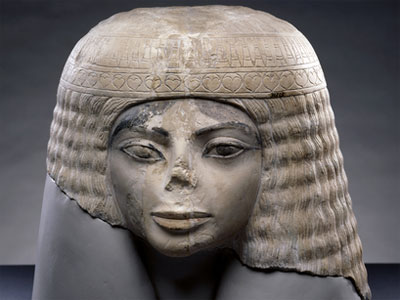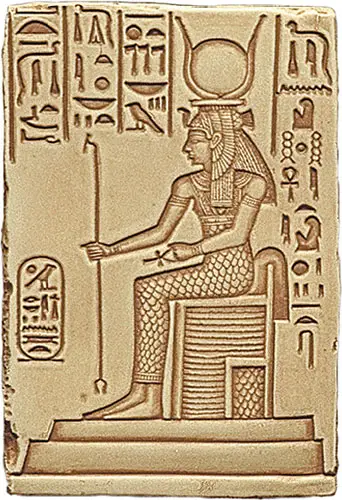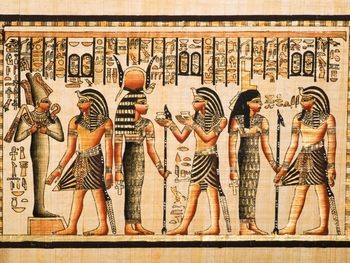Egyptian culture (Egyptian Carvings) made an enormous contribution to the history of art. It was the earliest and longest living of all the ancient civilizations around the Mediterranean. Egyptian art forms were shaped by the geography of the country as well as the political, social and religious customs of the period. Protected by its desert borders and sustained by the waters of the Nile, Egyptian culture developed largely unhindered (by external invasion or internal strife) over many centuries.

Egyptian Carvings
The carvings and statues all served a purpose, of course, there was no such thing as having “art for art’s sake” back then. The carved reliefs, like the paintings, were stories and incantations – all for religious reasons. The statues were houses for the souls of the deceased. That is also why the ancient Egyptians made ritual offerings to the statues.
In the Egyptian Carvings are seen the warriors with bows hunting, servants plowing in the fields, Falcon and jackal-headed gods, kings, and queens sitting in their palace, musicians playing music. Egyptians loved to make art. The Egyptians made statues, reliefs, paintings, pottery, jewelry, sculptures, and coffins. They made art for gods, kings, and queens, and for the dead in their tombs. Their beliefs and religion were often drawn on paintings like their predictions of what the afterlife was like or pictures of gods doing certain things. Egyptian art was very delicate and beautiful.

Ancient Egypt Bas-relief is a liaison between sculpture and painting. Architecture and Sculpture are the major Egyptian arts; but if abundance counted, bas-relief would have to be added to them. No other people so tirelessly carved its history or legends upon its walls.
In a bas-relief, a thin layer of plaster was spread over the wall, polished, and smoothed. An apprentice then marked the wall with a red grid pattern and copied the image from a piece of papyrus, carefully keeping the same proportion. At this point, the wall was ready for carving. The sculptor used a large, wooden mallet and a copper or bronze chisel to make the carving.

Ancient Egyptian art was rather the work of paid artisans who were trained and who then worked as part of a team. The leading master craftsman might be very versatile, and capable of working in many branches of art, but his part in the production of a statue or the decoration of a tomb was anonymous. He would guide his assistants as they worked, and help to train novices, but his personal contribution cannot be assessed. Artists at all stages of their craft worked together. The initial outline sketch or drawing would be executed by one or more, who would then be followed by others carving the intermediate and final stages.
